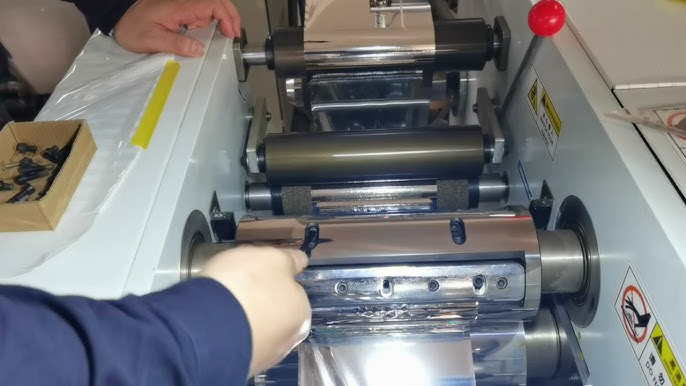In today’s competitive market, small businesses face the daunting challenge of protecting their products from counterfeiters. Counterfeiting not only affects large corporations but also significantly impacts small businesses by eroding trust and revenues. This is where anti-counterfeit printing comes into play. By understanding how small businesses can use anti-counterfeit printing effectively, entrepreneurs can safeguard their brands and maintain customer confidence.

Understanding Anti-Counterfeit Printing
Anti-counterfeit printing involves using specialized techniques and materials to make it difficult for counterfeiters to replicate products. This can include watermarks, holograms, color-shifting inks, and unique barcodes. These methods ensure that each product is marked with a distinct identifier, making it easier for consumers to verify authenticity.
The Importance for Small Businesses
For small businesses, protecting their brand’s integrity is crucial. Counterfeiting can lead to significant financial losses, tarnish reputation, and diminish consumer trust. By implementing anti-counterfeit measures, small businesses can not only protect their products but also enhance their brand value.
Types of Anti-Counterfeit Printing Techniques
Holographic Printing
Holograms are a popular choice for security printing because they are difficult to replicate. These 3D images provide a visual and tactile method of authentication, making them highly effective.
Security Inks
These inks change color when viewed from different angles or under specific lighting conditions. They add an extra layer of security to printed materials.
Watermarks
Watermarks are embedded into the paper itself and can be seen when held up to light. They are challenging to duplicate and provide a simple yet effective anti-counterfeit solution.
Steps to Implement Anti-Counterfeit Printing
Identifying the Right Technique
Choosing the appropriate anti-counterfeit technique depends on the product and the level of security required. It’s essential to assess the risks and select a method that offers the best protection.
Partnering with Experts
Working with a reliable printing partner ensures that small businesses receive expert advice and access to the latest technologies in security printing.
Training and Awareness
Educating employees and customers about the new security features is crucial. This ensures that everyone involved understands how to verify the authenticity of the products.
Benefits of Anti-Counterfeit Printing
Enhanced Brand Reputation
By investing in anti-counterfeit printing, small businesses can strengthen their brand image, showing customers that they are committed to quality and authenticity.
Increased Consumer Confidence
When consumers are confident that they are purchasing genuine products, they are more likely to remain loyal to the brand.
Financial Protection
By reducing counterfeiting risks, small businesses can protect their revenue streams and avoid potential legal issues related to counterfeit products.
Challenges in Implementing Anti-Counterfeit Printing
Cost Considerations
Implementing anti-counterfeit measures can be costly, especially for small businesses. It’s essential to weigh the costs against the potential benefits, as discussed in detail at cost of anti-counterfeit printing.
Keeping Up with Technology
Counterfeiters are constantly evolving, meaning small businesses must stay updated with the latest advancements in security printing to remain effective.
Case Studies of Successful Implementation
Several small businesses have successfully implemented anti-counterfeit measures, resulting in increased sales and customer loyalty. For detailed examples, visit real examples of security printing.
Conclusion
For small businesses, understanding how small businesses can use anti-counterfeit printing is vital to protecting their brand and ensuring long-term success. By investing in the right technologies and practices, small businesses can safeguard their products, enhance their brand reputation, and maintain customer trust.

FAQs
What is anti-counterfeit printing?
Anti-counterfeit printing involves using specialized techniques to protect products from being counterfeited.
Why is it important for small businesses?
It helps protect brand integrity, boosts consumer confidence, and prevents financial losses due to counterfeiting.
What are some common techniques used?
Common techniques include holographic printing, security inks, and watermarks.
For more insights on the importance of these technologies, you can visit this external source.
This article contains affiliate links. We may earn a commission at no extra cost to you.







